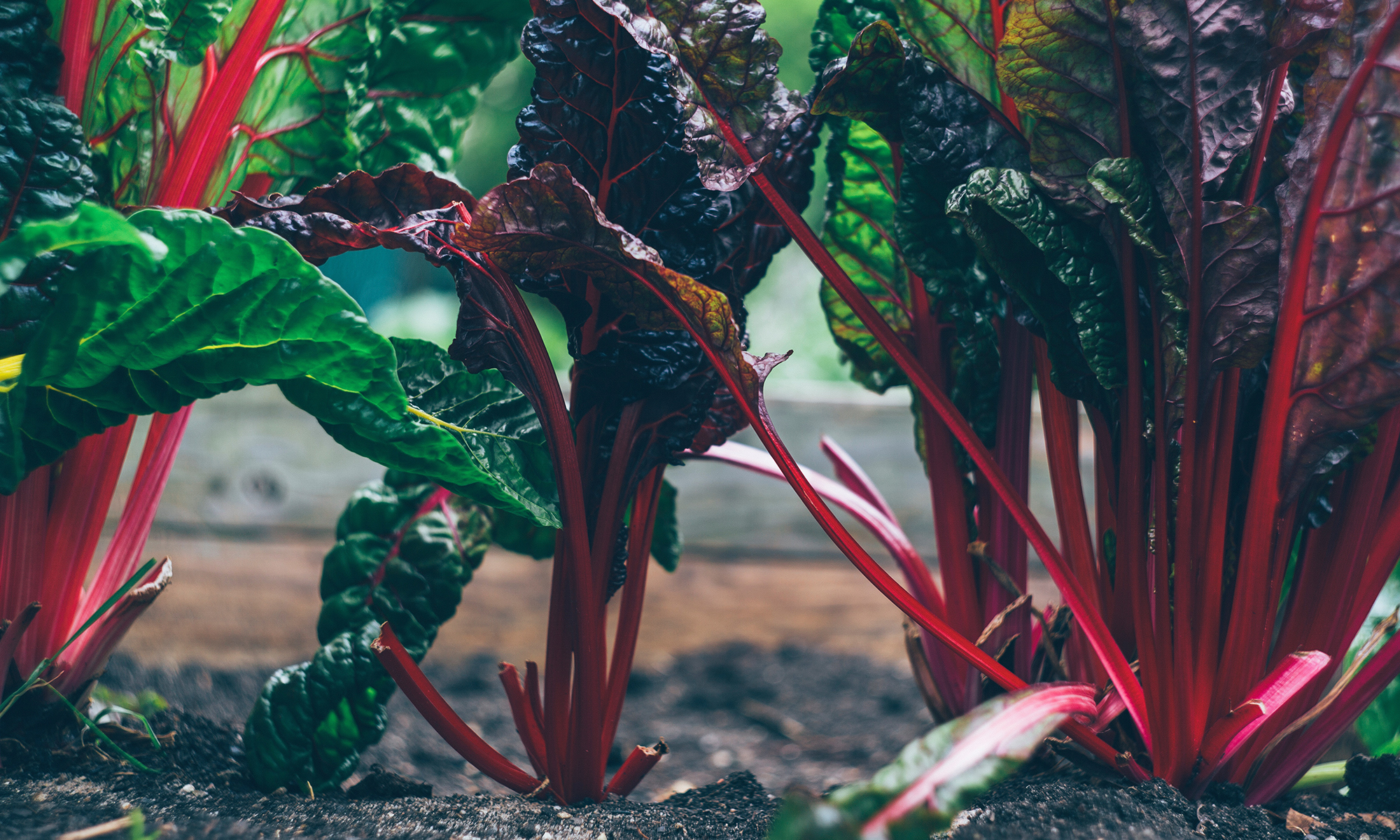During this "season of giving," many people donate money (or a percentage of sales) to non-profit organizations that work towards benefiting our communities and environment. Here are two amazing organizations that I support with my time throughout the year, and with year-end contributions:
Future Chefs
Future Chefs helps urban teens grow and develop through education and by connecting them to employment in the food service industry. There is fantastic mentorship and support from chefs and other industry professionals across the city. This year Future Chefs was named one of the top five social innovators in Boston. I am an advisory board member, and clearly an avid fan.
Funding comes to Future Chefs from some of the Boston's major philanthropic institutions as well as individuals interested in youth development. This need never ceases, and in 2012 Future Chefs is opening a teaching and kitchen space in the South End that will allow them to reach many more potential culinary stars out there. We will be celebrating this new space in the New Year with a variety of activities and would love to see you there.
No matter what the size, your contribution will help make this next step possible, and continue the success of this wonderful program. To donate, click here.
Slow Money
Slow Money is a non-profit dedicated to steering new sources of capital to local food systems, empowering individual investors to reconnect with their local economies and building an entirely new financial sector — the nurture capital industry. It is based in the principal that we can enhance food security, food safety and food access; improve nutrition and health; promote cultural, ecological and economic diversity; by moving away from an economy based on extraction and consumption to an economy based on preservation and restoration.
Slow Money is creating opportunities to connect entrepreneurs and investors. Guided by the principal that we must learn to invest as if food, farms and fertility mattered; and connect investors to the places where they live, creating vital relationships and new sources of capital for small food enterprises.
You don't have to think of yourself as an investor or be a revolutionary to support Slow Money. You just have to believe that millions of small financial acts-small donations, small investments, small acts of bringing money back down to earth-can add up to big change. Change in our local food systems. Change in our national food system. Change in our economy.
By joining us, you help support our work with local chapters emerging around the country (I am the head of the Boston chapter), our national gatherings and our ability to share Slow Money's vision of investing as if food, farms and fertility mattered. Half of every dollar you pay in dues will be shared with the local Slow Money chapter of your choice. In Greater Boston, that money supports the events we organize, such as Fundraising 101 and The Entrepreneur Showcase. In the future, we are helping members organize investment clubs and offering panel discussions about sustainable food systems.
What non-profit and charities do you support?
